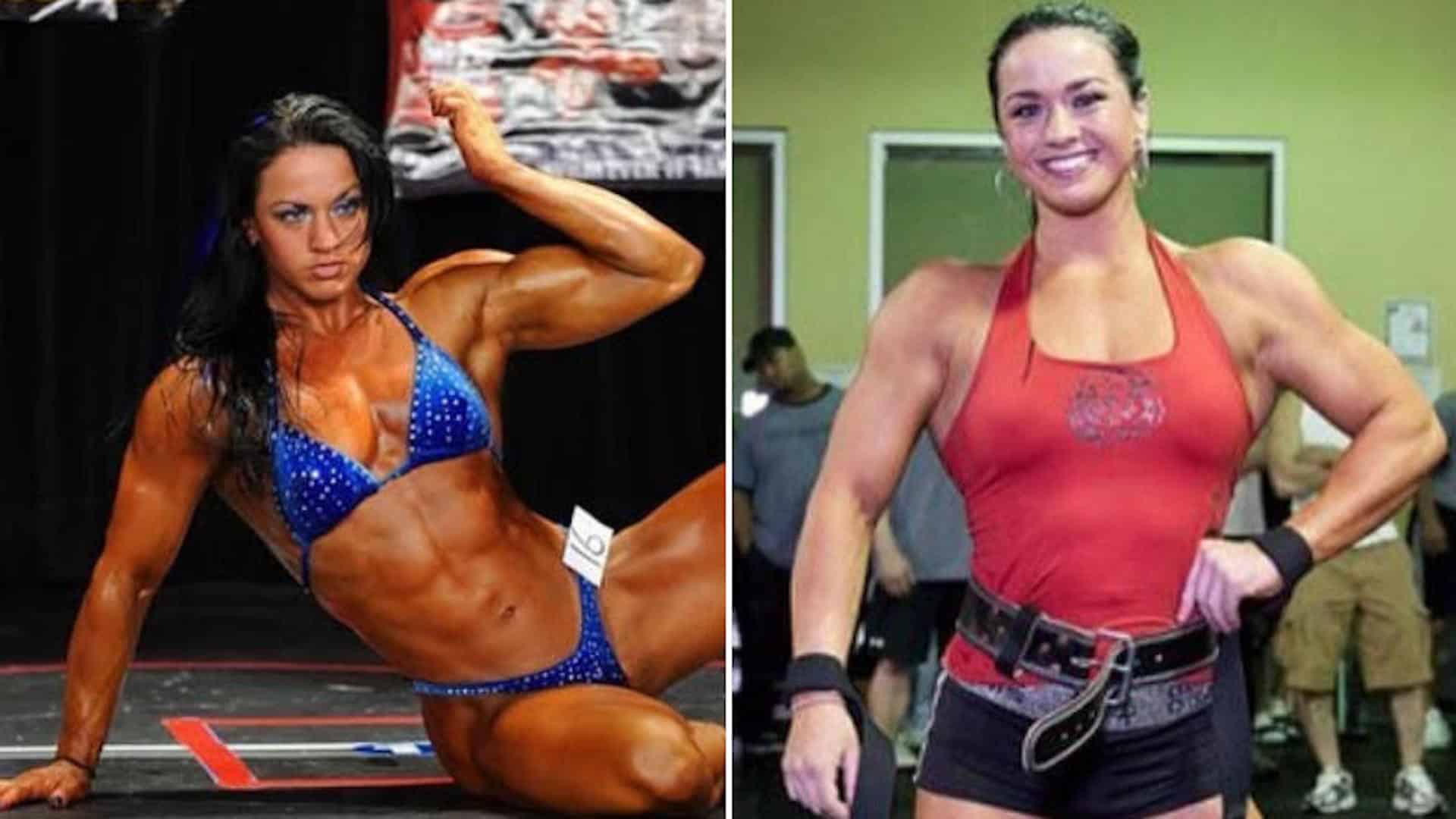There’s a good chance that, not only have you not been strengthening this muscle, you might not even know its name.
“The soleus is the one muscle that is active throughout the whole gait cycle when you run,” says running coach James Stirling, who goes by London Fitness Guy on Instagram.
“It’s possibly one of the muscles that’s forgotten about because we always think about the glutes and hamstrings when we run.”
Speaking to Fit&Well, fresh from conquering the Berlin half marathon, Stirling says that he’s learned to build his running-specific strength workouts around this crucial muscle.
“The soleus is essentially the powerhouse of running,” says Stirling. That’s because it helps to bear the brunt of impact and it helps your foot rebound.
Neglecting to pay it adequate attention is a surefire recipe for poor performance, or worse, injury.
Why the soleus is the one muscle every runner should strengthen
The soleus is one of three muscles that make up the calf on the back of the lower leg. Collectively, with the gastrocnemius and plantaris, these form the triceps surae—a term used to group together the muscles of the calf.
According to Physiopedia, citing a small study from 1992, the soleus “is thought to provide up to 80%” of the calf muscles’ combined force.
The problem is that the soleus can be hard to strengthen. Standard calf raises, with the knee straight, often miss the mark.
“To really hit the soleus, it helps to be doing calf raises in a bent knee position,” says Stirling, also known as London Fitness Guy on Instagram.
At home, you can try double-leg and single-leg calf raises performed in a squat position. At the gym, Stirling recommends drawing on the Smith machine or leg press. “In the gym you can add load through weights which is a massive advantage,” says Stirling.
Five exercises every runner needs to target the soleus muscle
Stirling encourages any runner to include at least one exercise from the options below to target the soleus muscle. He recommends performing them to the point of fatigue. Aiming to repeat the exercise until you’re “close to failure” to build strength and muscle.
“It doesn’t really matter if you do it over six, 10 or 20 reps. It’s more about getting close to failure, or at failure,” he says. “At home, that point of failure is going to come a lot higher in the rep range.” If you have access to a gym, you can add weight to bring that rep range down.
Repeat each exercise 2-3 times with around 60 seconds of rest between sets. And if you can, Stirling suggests doing these exercises on days when you’re not running, so they don’t interfere with performance. Alternatively, you can tag them onto the end of your run—so that they don’t compromise the run itself.
“The last thing you want to do is a really heavy leg session, then go into a really fast speed session the following day. Your body’s not going to have enough time to recover,” says Stirling. “I always like to plan those more intense lower-body sessions around rest days to allow more time to recover going into your next run.”
1. Bent-knee calf raise
Watch Stirling demonstrate the move at the end of this Reel.
Sets: 2-3 Reps: Until failure
- Hold onto a banister or other stable support with your feet hip-width apart.
- Push your hips back and bend your knees to lower into a squat so your thighs are parallel to the floor and your knees are directly above your feet.
- Maintaining this squat position, lean back and lift your heels as high as you can.
- Slowly lower your heels to the floor and repeat until failure.
2. Single-leg bent-knee calf raise
Sets: 2-3 Reps: Until failure
- Hold onto a banister or other stable support with your feet hip-width apart.
- Push your hips back and bend your knees to lower into a squat so your thighs are parallel to the floor and your knees are directly above your feet.
- Maintaining this squat position, lean back and lift your heels as high as you can.
- Keep one heel lifted as the other heel slowly raises and lowers—this works to keep the muscles under tension for longer.
- Alternate sides to target one leg at a time.
3. Smith machine bent-knee calf raise

Sets: 2-3 Reps: Until failure (within safe limitations)
The Smith machine allows you to add load to the bent-knee calf raise.
- Select a light weight and stand in a Smith machine with the barbell resting across your shoulders.
- Stand with your feet hip-width apart and unhook the barbell from the safety catch.
- Push your hips back and bend your knees to lower, keeping your knees directly above your feet.
- Maintaining this squat position, lift your heels as high as you can.
- Slowly lower your heels to the floor and repeat.
4. Seated calf raise machine

Sets: 2-3 Reps: Until failure
Seated calf raise machines vary slightly by brand. Follow the instructions for the type of machine in your gym. If your gym doesn’t have a seated calf raise machine, you can try this variation with a leg press machine—again set at a light weight.
5. Tip toe walks
This is another of Stirling’s favorite soleus-targeting exercises and one that can easily be done at home. It’s demonstrated at the end of this Reel from Stirling.
- Start by holding a weight in each hand.
- In a split stance, bend your knees to lower into a crouched position, keeping your torso upright.
- Now rise up high onto your tip-toes, and while maintaining this elevated heel position, slowly walk forwards and then backwards.




